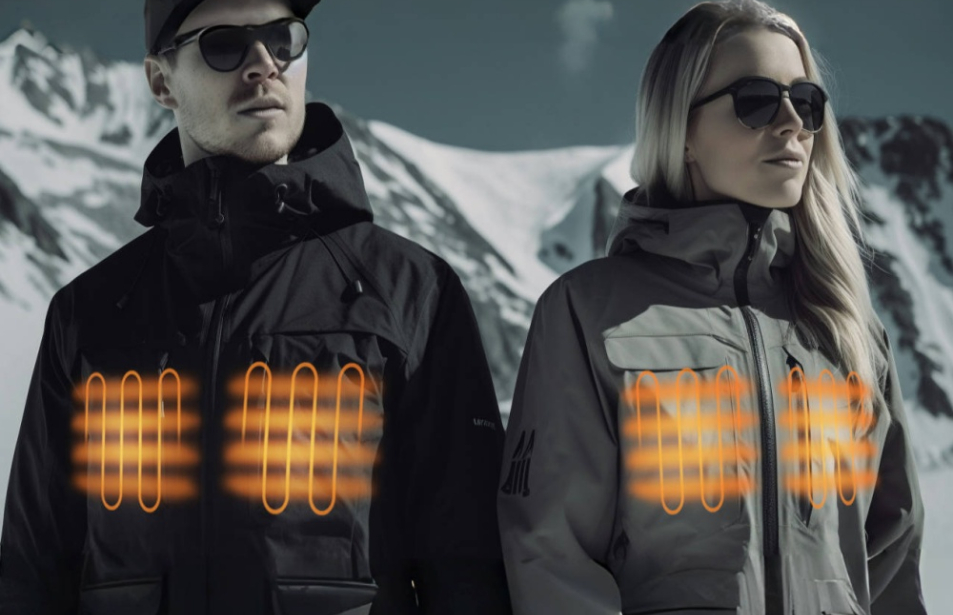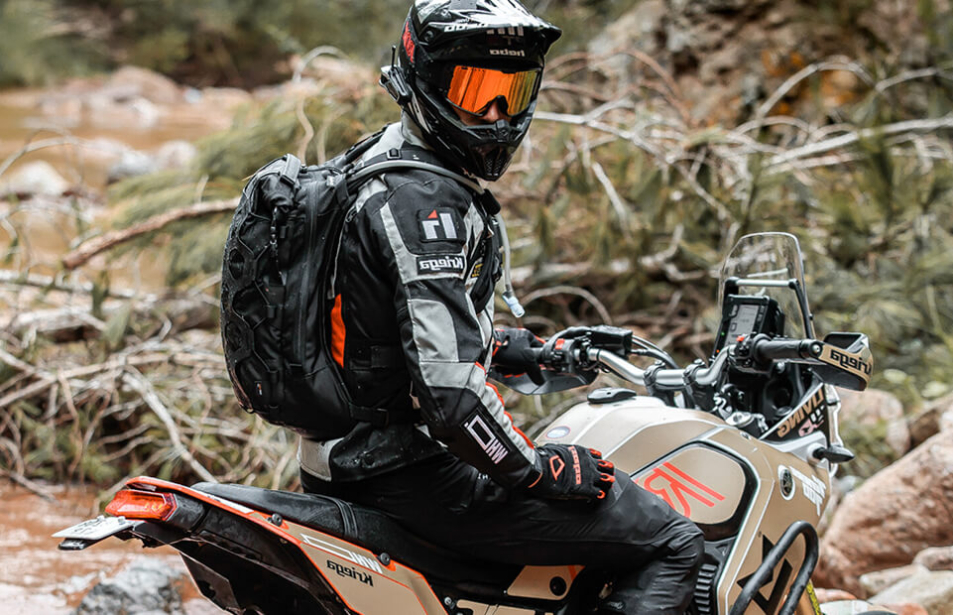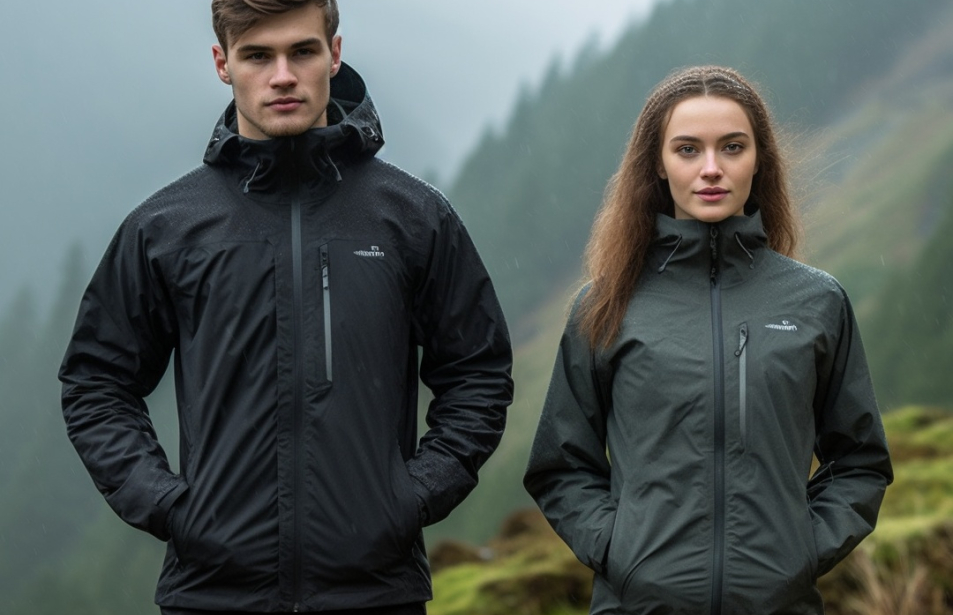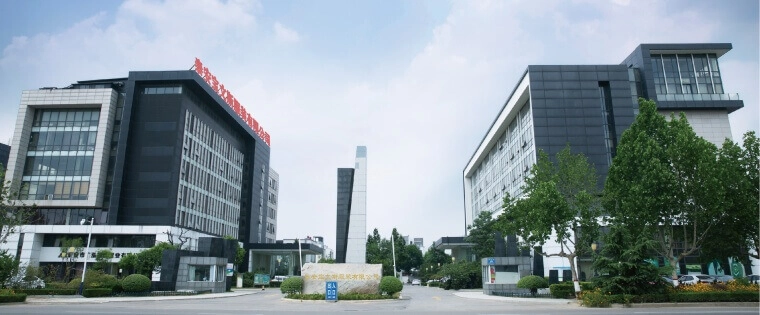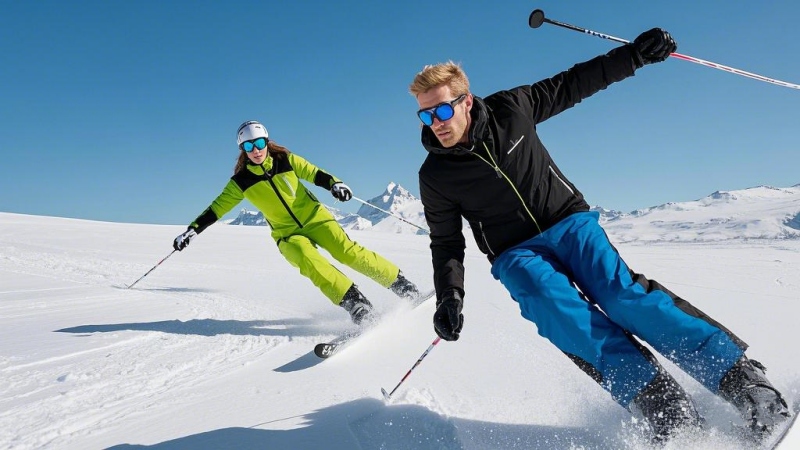The Latest Trends in Lightweight Ski Jacket
The world of skiing is constantly evolving, and with it, the technology and design of ski gear. Among the most crucial pieces of equipment for any skier is the ski jacket. In recent years, there has been a significant shift towards lightweight ski jackets, driven by advancements in materials, a focus on performance, and the desire for greater comfort and mobility on the slopes. This article delves into the latest trends in lightweight ski jackets, exploring how these innovations are revolutionizing the skiing experience.
BOWINS Garment,as a leading ski clothing manufacturer, owns 3 ski clothing factories and offers OEM and ODM service for global skiing clothing brands. We specialized in manufacturing custom ski jacket in a wide range of size and fit for customers worldwide with 18+ years industrial experiences. In this article,there are several pertinent suggestions for the choice of lightweight ski jacket for your reference.
Lightweight and High - Performance Materials
Advanced Synthetic Fabrics
One of the primary trends in lightweight ski jackets is the use of advanced synthetic materials. Brands are increasingly turning to materials like Gore - Tex Infinium, which offers excellent windproof and water - resistant properties while remaining lightweight and highly breathable. For example, Arc'teryx uses Gore - Tex Infinium in some of its lightweight ski jackets. This fabric is engineered with a microporous membrane that blocks wind and water droplets, yet allows sweat vapor to escape, keeping the skier dry and comfortable. Another popular synthetic is eVent. It has a unique Direct Venting technology, where the pores in the fabric open when the internal vapor pressure is higher than the external pressure, enabling efficient moisture transfer. Jackets made with eVent are known for their lightweight nature and superior waterproof - breathability performance.
Ultralight Insulation
Insulation is a key factor in ski jackets, and the latest trend is towards ultralight insulation materials. Primaloft is a leading brand in this area. Their Gold and Silver series of insulation are made from recycled materials and are designed to provide high warmth - to - weight ratios. Primaloft insulation mimics the loft and warmth of down but has the advantage of retaining its insulating properties even when wet. For instance, the Patagonia Nano - Air Lightweight Hoody uses Primaloft Gold insulation. This makes it a great choice for lightweight ski jackets as it offers warmth without adding excessive bulk. Another option is Thinsulate, which is known for its ability to provide warmth in a thin and lightweight package. It is often used in combination with other materials to create a balanced insulation system in ski jackets.
Sustainable and Recycled Materials
Sustainability has become a major concern in the outdoor industry, and ski jacket manufacturers are not left behind. Many brands are now using recycled materials in their lightweight ski jackets. For example, The North Face has a range of ski jackets made from recycled polyester. These materials are sourced from post - consumer plastic bottles and other recycled materials. By using recycled materials, brands are reducing their environmental impact. Additionally, some brands are also exploring bio - based materials. For instance, there are ski jackets made from materials derived from plants like bamboo or recycled wool. These materials not only offer performance benefits but also contribute to a more sustainable future.
Design Innovations for Mobility and Comfort
Ergonomic and Articulated Designs
Lightweight ski jackets are now being designed with a greater focus on ergonomics and articulation. Brands understand that skiers need freedom of movement to perform at their best. Jackets are designed with pre - curved sleeves and articulated shoulders, which allow for a more natural range of motion. This is especially important for activities such as skiing, where the arms are constantly in motion. For example, the Burton AK 2L Gore - Tex Shell Jacket has an articulated design that enables unrestricted movement whether the skier is making sharp turns or reaching for poles. The body of the jacket is also contoured to fit the body's natural shape, providing a snug yet comfortable fit without restricting movement.
Adjustable Features
Another trend in lightweight ski jackets is the inclusion of adjustable features. Cuffs, hoods, and hems can be adjusted to fit the individual skier's needs. Adjustable cuffs ensure a tight seal around the wrists, preventing snow from getting in while still allowing for flexibility. Hoods can be adjusted to fit snugly over a helmet or goggles, providing additional protection from the wind and snow. For example, the Helly Hansen Alpha 3.0 Jacket has adjustable cuffs, a drawcord hem, and an adjustable hood. These features allow the skier to customize the fit of the jacket according to the weather conditions and their personal preferences.
Multiple Pockets and Storage Options
Lightweight ski jackets are now being designed with multiple pockets and storage options. Skiers need a place to store their essentials such as goggles, gloves, a phone, and a wallet. Jackets are being equipped with internal and external pockets, some of which are zippered for added security. For example, the Outdoor Research Foray Jacket has a large internal pocket that can be used to store a map or a phone. It also has external zippered pockets for quick access to smaller items. Some jackets even have specialized pockets for goggles, which are lined with a soft material to prevent scratches.
Technological Integration
Smart Fabric Technologies
The integration of smart fabric technologies is an emerging trend in lightweight ski jackets. Some jackets are now being embedded with sensors that can monitor the skier's heart rate, body temperature, and even their location. For example, there are prototypes of ski jackets that use conductive threads to measure the skier's vital signs. These sensors can then transmit the data to a smartphone or a wearable device, allowing the skier to keep track of their health and performance. Additionally, some smart fabrics can change their properties based on the environment. For instance, there are fabrics that can adjust their breathability or insulation levels in response to changes in temperature or humidity.
Heating Elements
Another technological innovation in lightweight ski jackets is the inclusion of heating elements. These jackets are equipped with battery - powered heating systems that can provide additional warmth on cold days. The heating elements are usually placed in key areas such as the chest, back, and hands. For example, the Ororo Men's Heated Down Jacket has three heating zones that can be controlled with a simple button on the jacket. The battery can last for several hours, depending on the heat setting, and can be recharged easily. This technology is especially useful for skiers who are skiing in extremely cold conditions or who have a lower tolerance for the cold.
Connectivity Features
Connectivity is also becoming an important feature in lightweight ski jackets. Some jackets are now being designed with built - in Bluetooth speakers or headphone jacks, allowing skiers to listen to music or take calls while on the slopes. For example, the Burton Audio Tech Fleece Jacket has a built - in speaker system that can be connected to a smartphone via Bluetooth. This provides a hands - free way for skiers to enjoy their favorite music or podcasts while skiing. Additionally, some jackets are being designed with RFID (Radio - Frequency Identification) technology, which can be used for access control at ski resorts or for tracking the jacket's location if it gets lost.
Style and Aesthetics
Minimalist Design
Minimalist design is a popular trend in lightweight ski jackets. Brands are moving away from overly complicated designs and instead opting for clean, simple lines. This not only gives the jackets a modern and sleek look but also helps to keep the weight down. Minimalist jackets often have fewer seams and a streamlined silhouette. For example, the Arc'teryx Beta AR Jacket has a minimalist design with a focus on functionality. It has a simple color scheme and a clean finish, making it both stylish and practical. The lack of unnecessary embellishments also reduces the risk of snagging on branches or other objects while skiing.
Bold Colors and Patterns
While minimalist design is popular, there is also a trend towards bold colors and patterns in lightweight ski jackets. Skiers are now expressing their individuality through their gear, and jackets are available in a wide range of bright colors and eye - catching patterns. Brands are using digital printing and other advanced techniques to create unique designs. For example, the Picture Organic Clothing Jackets often feature bold, nature - inspired patterns. These patterns not only look great but also add a touch of personality to the skier's outfit. Bright colors are also useful for visibility on the slopes, especially in low - light conditions.
Sustainable Fashion Statements
As sustainability becomes more important, lightweight ski jackets are also making a statement in terms of sustainable fashion. Brands are using sustainable materials not only for their environmental benefits but also to create a unique aesthetic. Jackets made from recycled or bio - based materials often have a distinct look and feel. For example, jackets made from recycled wool have a natural texture and a rustic charm. Brands are also promoting their sustainable practices through their branding and marketing, allowing skiers to make a fashion statement while also supporting environmentally friendly initiatives.
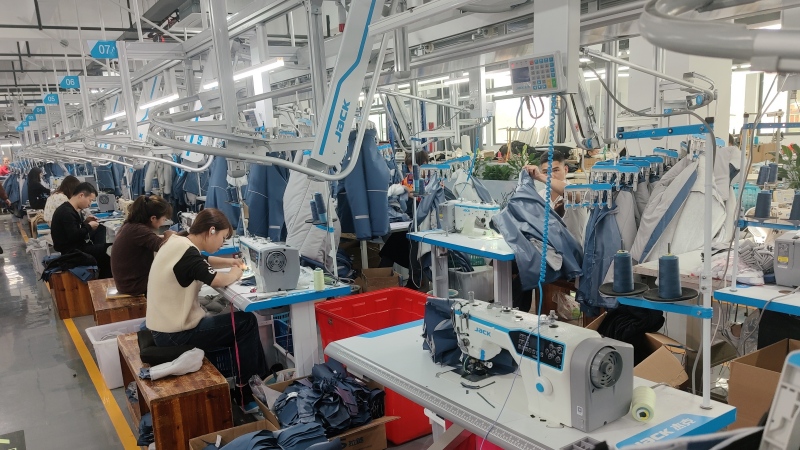
Market Trends and Consumer Demand
Growth in the Ski Jacket Market
The ski jacket market has been experiencing steady growth in recent years. According to a report by [Market Research Firm Name], the global ski jacket market was valued at [X] billion dollars in [Year] and is expected to reach [X + Y] billion dollars by [Year + N]. This growth is driven by several factors, including an increase in the number of people participating in skiing as a sport, a rise in disposable income in many parts of the world, and the growing popularity of winter sports tourism. As more people take up skiing, the demand for high - quality ski jackets, especially lightweight ones, is on the rise.
Consumer Preferences for Lightweight Jackets
Consumers are increasingly preferring lightweight ski jackets over traditional, heavier options. A survey conducted by [Research Organization Name] found that over [X]% of skiers consider weight as an important factor when choosing a ski jacket. Skiers are looking for jackets that offer a balance of warmth, protection, and mobility without weighing them down. Lightweight jackets are also more convenient for travel, as they take up less space in luggage. Additionally, consumers are willing to pay a premium for lightweight ski jackets that offer advanced features such as high - tech materials, smart technologies, and sustainable construction.
Influence of Professional Skiers and Social Media
Professional skiers and social media have a significant influence on the trends in lightweight ski jackets. Professional skiers often endorse certain brands and models of ski jackets, and their gear choices can set trends among amateur skiers. For example, when a well - known professional skier is seen wearing a particular lightweight ski jacket in a competition or on social media, it can generate a lot of interest among consumers. Social media platforms like Instagram and YouTube are also important for promoting new trends in ski jackets. Brands use these platforms to showcase their latest designs, features, and technologies. Influencers and skiers also share their experiences with different ski jackets, which can influence the purchasing decisions of others.
Conclusion
The latest trends in lightweight ski jackets are a combination of technological advancements, design innovations, and a growing awareness of sustainability. From advanced materials that offer lightweight performance to smart technologies that enhance the skiing experience, these jackets are evolving to meet the needs of modern skiers. The focus on mobility, comfort, and style also means that skiers no longer have to sacrifice performance for looks or vice versa. As the ski jacket market continues to grow, we can expect to see even more exciting developments in lightweight ski jackets in the future. Whether you are a professional skier or a weekend enthusiast, the latest lightweight ski jackets offer a range of options to suit your needs and preferences on the slopes.


